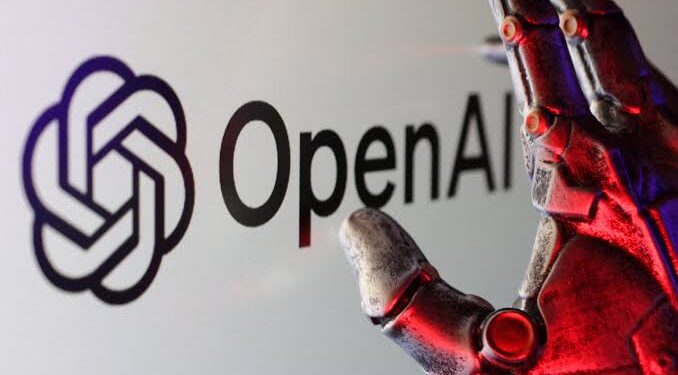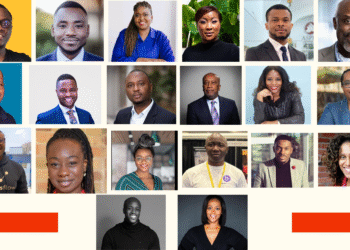AI usage has become a strategic decision for your tech startup. Tech companies use AI in three broad roles: automating internal workflows (code review, documentation, support), powering customer-facing features (chat, recommendations, personalization), and augmenting product capabilities (search, analytics, product design). The right model affects cost, speed to market, compliance risk, user trust, and long-term lock-in. Below, I outline practical decision points and then compare three leading options — OpenAI’s ChatGPT (GPT-5 era), xAI’s Grok, and Google’s Gemini — so you can match capabilities to business needs as of August 2025.
What matters when picking an AI provider
- Accuracy & reasoning: Does the model reliably solve domain problems (math, legal, code)? How does it handle multi-step reasoning?
- Context window & multimodality: Do you need long documents, images, audio, or video in prompts/responses?
- Integration & ecosystem: Is the model easy to plug into your stack (APIs, partner platforms, developer tools)?
- Real-time data & freshness: Do you need live web/social signals or internal data only?
- Safety, moderation & compliance: How does the provider handle hallucinations, biased content, or misuse (e.g., deepfakes)?
- Cost & scaling: Are there pricing tiers for production vs. lightweight tasks?
- Vendor lock-in & portability: Can you switch providers later or host on private infrastructure?
Answering these will quickly eliminate or highlight providers depending on whether you’re a startup shipping an AI feature or an enterprise building mission-critical automation.
Quick snapshot: ChatGPT (OpenAI GPT-5), Grok (xAI), Gemini (Google)
ChatGPT — OpenAI (GPT-5 era)
What it brings: GPT-5 is OpenAI’s flagship model aimed at high-quality reasoning, large context handling, and multimodality; it’s positioned for developer APIs, enterprise features, and productivity integrations. OpenAI also emphasizes tooling for developers (fine-tuning, multi-size API models) and integration into platforms like GitHub/GitHub Copilot.
Pros
- Strong general-purpose reasoning and coding capabilities.
- Mature developer ecosystem, broad third-party integrations (SDKs, plugins).
- Multiple model sizes let you trade cost vs. capability.
Cons
- Tiered pricing and access for the highest-end features can be costly for heavy production use.
- Enterprises still need to architect around hallucinations and data governance (as with any LLM).
Grok — xAI (Grok 3 / Grok 4 + Grok Imagine)
What it brings: Grok is tightly integrated with X (the social platform) and designed for fast, conversational, sometimes irreverent responses and real-time social signal access; xAI has been rapidly adding multimodal features (image/video generation via Grok Imagine). The rollout has been controversial because of moderation and misuse concerns around generated explicit content and safety lapses.
Pros
- Real-time access to social trends and live signals (valuable for social analytics, sentiment, and trend spotting).
- A distinctive persona/voice that can be useful for brand chat experiences.
- Aggressive feature cadence (fast shipping of new multimodal features).
Cons
- Content moderation and safety risks are material, and reported deepfake/explicit-content issues raise legal and reputational exposure.
- More limited enterprise maturity and tooling compared with Google/OpenAI.
- Potential dependency on X’s platform stability and policies.
Gemini — Google (Gemini 2.5 / Deep Think)
What it brings: Google’s Gemini emphasizes multimodality, strong reasoning modes (e.g., “Deep Think”), and tight integration with Google Workspace and Vertex AI, a plus for companies already in the Google Cloud ecosystem. Gemini variants are built for long-context tasks and agentic workflows.
Pros
- Excellent for multimodal enterprise workflows and document-centric tasks (search across docs, Gmail, Drive integration).
- Scales well through Vertex AI and Google Cloud infrastructure.
- Strong research investment in safety and benchmarked reasoning.
Cons
- Pricing/availability tiers for top reasoning modes can be restrictive for startups.
- Less “personality” compared with Grok if you want a distinct brand voice.
How to decide — use cases and recommendations
- Productizing chatbots or consumer-facing conversational agents:
If you need a distinct, conversational persona and real-time social integration (e.g., community moderation, trend replies), Grok is worth evaluating, but only after you settle a strict safety/moderation layer and legal review. If brand safety is critical, prefer OpenAI or Google. - Developer tooling, coding assistants, or automated workflows:
OpenAI’s GPT-5 has a strong footing in code and developer tooling (and is already being embedded in GitHub-like services), making it a pragmatic choice for engineering productivity. - Enterprise document search, multimodal analytics, and cloud native AI:
Gemini’s integration with Workspace and Vertex AI makes it the natural candidate for companies on Google Cloud or those building heavy document/image/video pipelines. - Tight budgets/edge deployment:
Consider smaller model sizes (GPT-5 mini/nano, or lighter Gemini options) or hybrid architectures (on-premise retrieval + small LLM) to control costs and latency.
Implementation checklist (before launch)
- Define allowed/unallowed content and test moderation end-to-end.
- Architect guardrails: retrieval-augmented generation (RAG), rate limits, verification steps.
- Monitor hallucinations with human review on critical outputs.
- Plan for portability — abstract model calls behind an interface so you can swap providers later.
- Do a legal/privacy review (deepfakes, biometric/state data, regulated industries).
Final thoughts
There’s no single “best” model; there’s the best fit. OpenAI (GPT-5) is a safe, widely adopted generalist with strong developer tooling; Google Gemini is ideal for deep multimodal and cloud-native enterprise use; xAI’s Grok offers speed and real-time social advantage but currently carries higher moderation and reputational risk. Match the model to your core product need (reasoning, multimodality, real-time social) and lock down safety and data governance before you ship










